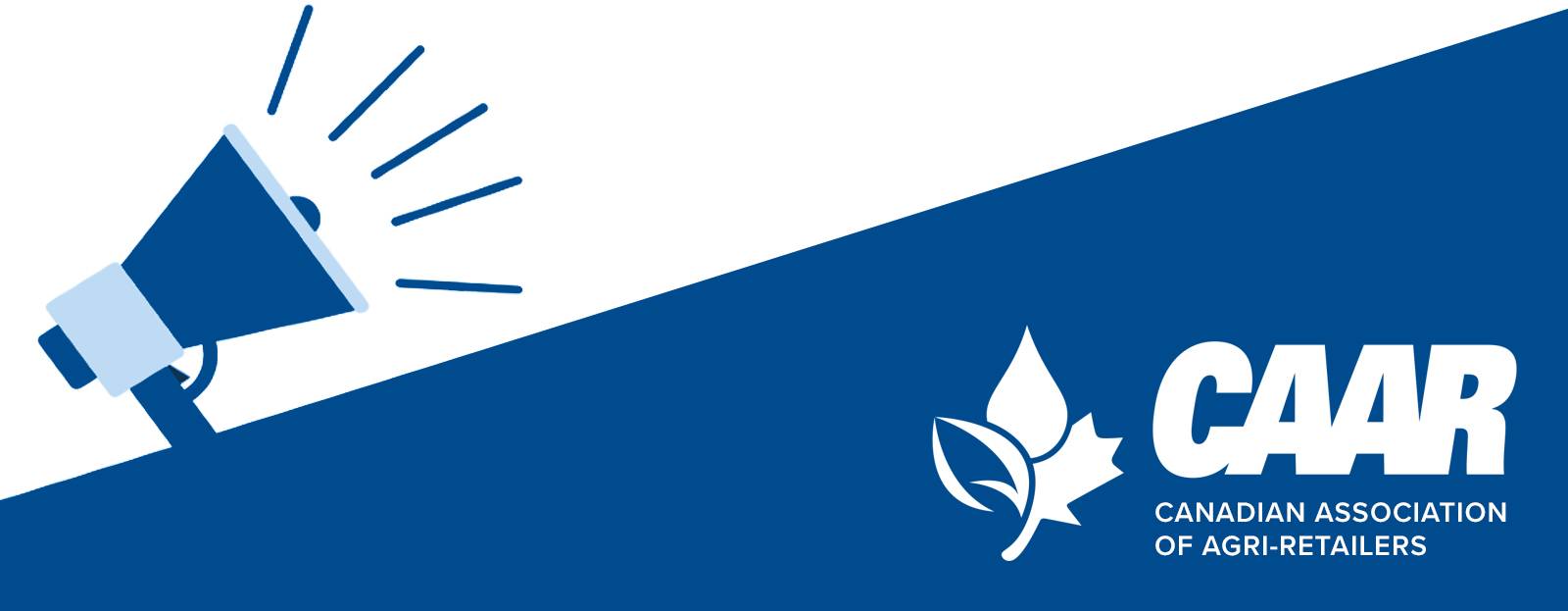
The stated purpose of the review is to provide an overview of PMRA’s planned path forward to address pesticide use information challenges (non crop protection sector), and to seek interest in participating in the Technical Working Groups.
As CAAR members may recall, consultations took place between March 21 and June 30, 2022 based on a discussion document that was shared online titled: Further Strengthening Protection of Health and the Environment: Targeted Review of the Pest Control Products Act.
Transformation Steering Committee meetings, Technical Working Group sessions for different pillars, and meetings with FPT partners were also held.
All non ag NGO’s advocated following European Commission mandate of 50 per cent reduction of pesticide use in Canada.
A ‘What We Heard’ report titled Consultation on further strengthening protection of health and the environment: Targeted review of the Pest Control Products Act, has been published.
The first meeting of this second round was held on December 19 and focused on agricultural non-crop sectors and non-agricultural sectors, including Structural/Premise, Forestry and Woodlots, Livestock (honeybees), Companion Animals, Aquatic Uses, Turf (for turf pests), Indoor Plants/Plantscapes, and Antimicrobials.
Each of these use patterns have their own unique set of information needs and challenges including specialized products (e.g., termiticides, fumigants, rodenticides), marketing type (e.g., domestic class market versus commercial/restricted), complexity of the sector (e.g., livestock production – animal, premise, feed/fodder), limited use pattern and application data collected or available.
Many organizations are participating in the process. There is lots of discussion regarding: European Commission pesticide policy; California pesticide policy; retail reporting of sales to farmers – Spain; farmer online reporting of pesticide application – Portugal; and embracing COP15 Canadian commitments.
Health Canada says that it’s a “Science-based focus” but that they are open to receiving comments that are not science or data substantiated.
Health Canada has also stated that for ‘use scenario’s, frequency, degree of application (volume or per cent of area)’ it is difficult to collect real world data. CAAR believes that a significant volume of Canadian fertilizer and pesticide types, rates and application(s) data is captured online by crop insurance.
Retailers will need to ensure they participate in this process as much as possible, as agriculture bureaucracy continues to become more complex.
For more information, please contact Mitch Rezansoff at 204-989-9303.
